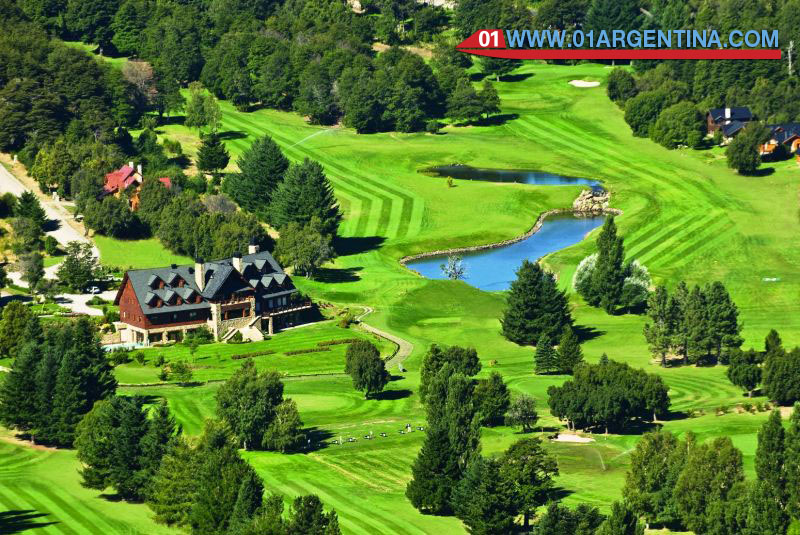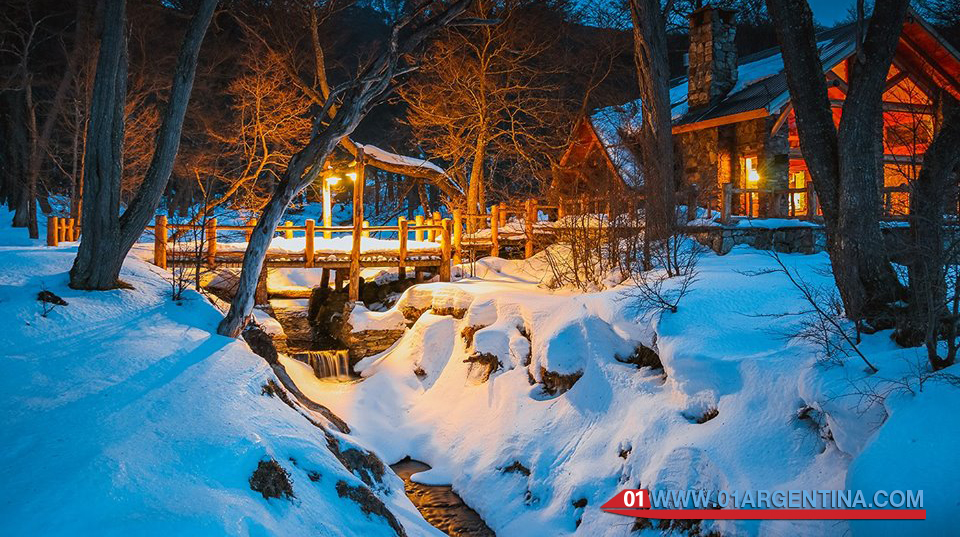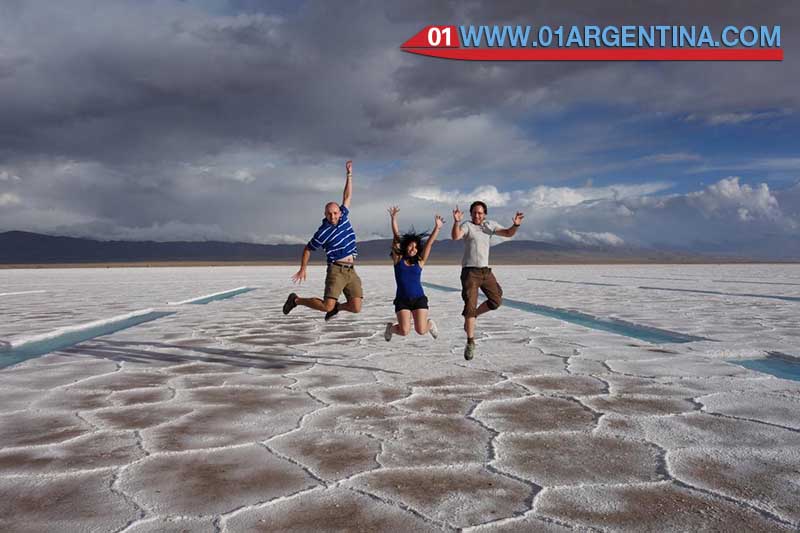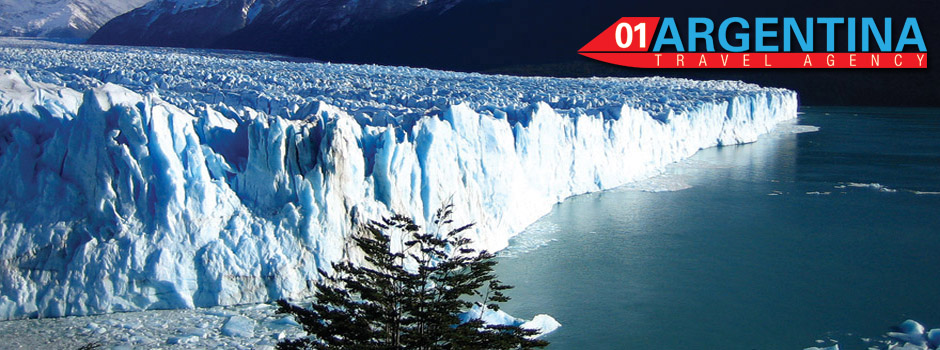In this post we want to share our experience as receptive tourism operators in Argentina since 1999 and provide you with the best recommendations to visit Argentina from October 2021 to March 2022.
For this reason, below we detail two very beautiful destinations in Argentina with their main tourist attractions. One in the South in the beautiful Argentine Patagonia where the city of San Carlos de Bariloche is located and from where you can make the excursion to Los Arrayanes National Park with a navigation to Ilsa Victoria and another destination is Salta and Jujuy in northwestern Argentina and where the Quebrada de Humahuaca stands out.

Bariloche the Lake District in Patagonia
Bariloche is the most populated city in the Río Negro province, located in the central part of the country, in the Patagonian Andes. It is the main tourist destination in Argentine Patagonia and the most important in South America for skiing, and has beautiful forests, lakes and mountains.
Bariloche is located within the Nahuel Huapi National Park and is the gateway to the Los Arrayanes National Park. Its main ski center, the largest in the southern hemisphere, is Cerro Catedral, 20 km from the city. It has numerous mechanical means of ascending, hotels and other tourist service establishments.
Another ski center is Cerro Otto, located 10 km west of Bariloche, on the shores of Lake Nahuel Huapi. It is at 1405 m.s.n.m. and you can go up to the summit by vehicle and cable cars. It has slopes for Nordic skiing and downhill skiing.
Other entertainments in the National Capital of Adventure Tourism are hiking, cycling, windsurfing, kiitesurfing, enduro and sport fishing.
Los Arrayanes National Park
The first national park in Latin America, created in 1922 by Argentine President Hipólito Yrigoyen, was the South National Park, in the territory of the Quetrihué peninsula, Neuquén province.
In 1934 the space was integrated into the Nahuel Huapi National Park. In 1971 it was separated to create the Los Arrayanes National Park, with the specific purpose of protecting this valuable plant species.
The myrtle (Luma apiculata) is an arboreal species that grows in the temperate forests of Argentina and Chile. It is of very slow growth and its highest height, around 20 meters, reaches it in the national park to which it gives its name. A large number of specimens in the park are between 165 and 250 years old.
The bark of the myrtle acquires different shades over time and the characteristic red color of adult trees is due to the synthesis of tannins, a natural measure against the decomposition of dead tissues.
The park is accessible by lake from Bariloche and Villa La Angostura. A 13 km pedestrian path starts from this town that leads to the section open to the public.

Salta Argentine Northwest
The capital of the province of Salta is located at 1187 m.a.s.l., east of the Andes mountain range, and it is one of the most beautiful Argentine cities, with its colonial architecture that deserved to be called Salta la Linda.
Its viceregal prosperity derived from the fact that it was an obligatory step to go from the port of Buenos Aires to Upper Peru and from that time beautiful buildings are preserved such as the Cabildo building, which is the best preserved Argentine colonial city hall.
One of its main attractions is the High Mountain Archeology Museum, inaugurated in 2004 to preserve, study and display the Mummies of Llullaillaco, the 500-year-old mummified bodies of three Inca children, found in exceptional condition near the top of the Llullaillaco volcano, at 6739 meters above sea level
The bodies are in capsules and are preserved by cryopreservation, in a rigorously controlled atmosphere.
Other places of interest in Salta are the Cathedral Basilica and Cathedral Museum, the Convent of San Bernardo and the Cerro San Bernardo, which can be climbed by cable car.

Quebrada de Humahuaca Jujuy
This stream, located in the Argentine province of Jujuy, is an area of arid beauty and interesting cultural wealth. It is crossed by the Rio Grande and was a natural access to the Altiplano, a function that it fulfilled since pre-Hispanic times.
It was declared a World Heritage Site in 2003 for its natural beauty and for the pre-Columbian and colonial testimonies that exist in the surrounding towns and cities.
One of these towns is Purmamarca, where the Cerro de los Siete Colores is located. This hill has whitish, pink, brown, brown, purple, yellow, red and green stripes, all due to the minerals present in its different strata.
Another place of interest in the Quebrada de Humahuaca is the Pucará de Tilcara, an omaguaca archaeological site located 1 km from the town of Tilcara. The site is 1200 years old and consists of houses, a cemetery, corrals and a place for religious rites.



